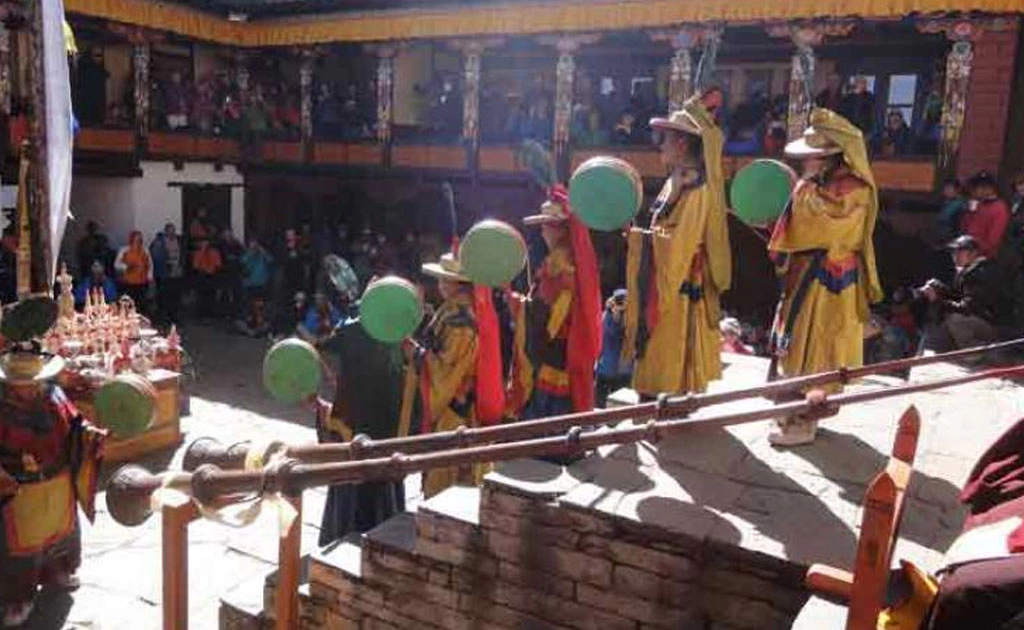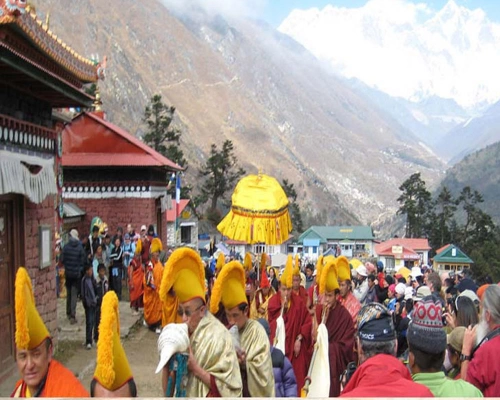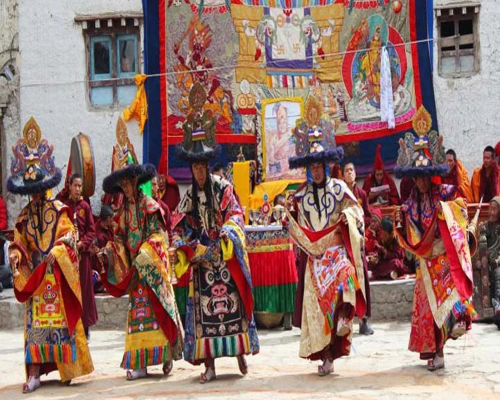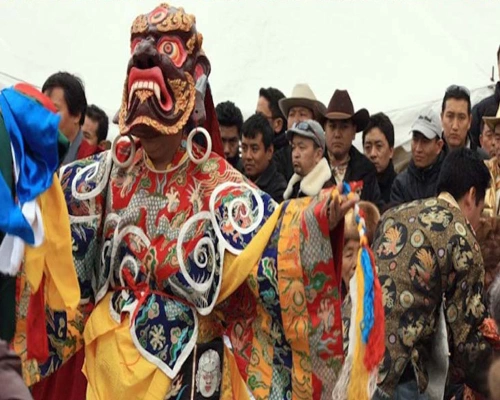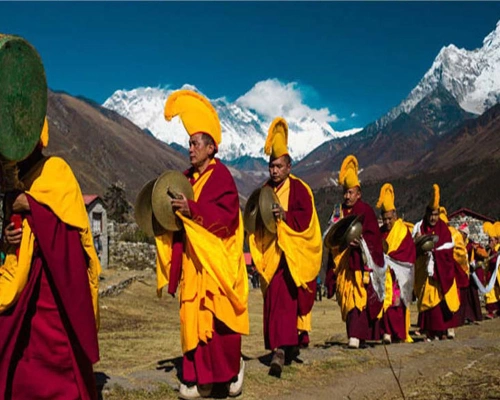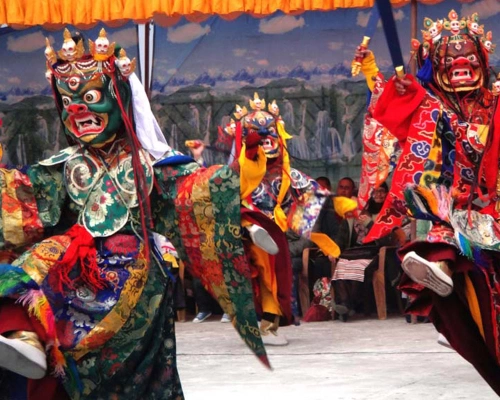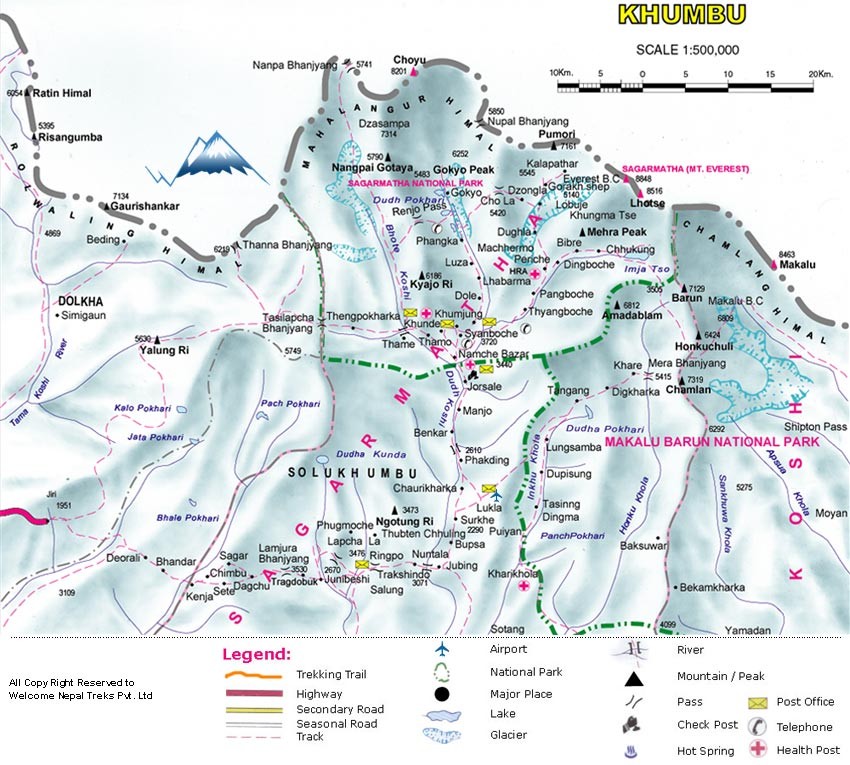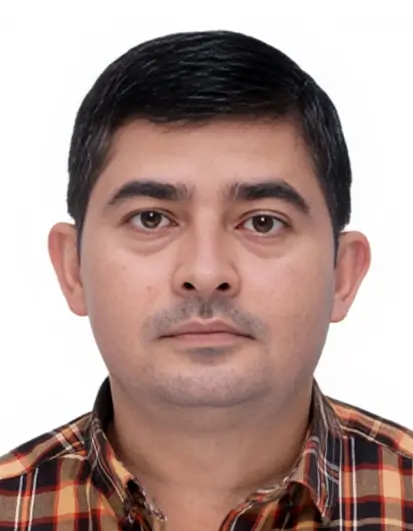Mani Rimdu Festival Trek 22 Days Itinerary, Cost
We specialists in organizing Mani Rimdu Festival Trekking holidays. Spectacular views are waiting for you Mani Rimdu Festival Trekking! Mani Rimdu Festival Trekking is world famous walking holidays. Mani Rimdu Festival Trekking is most popular trekking trail of Everest region Mani Rimdu Festival Trekking is the ideal destination for tourism in Nepal. Mani Rimdu Festival Trekking is one of our popular adventure holidays. We offer special rates with best service on your Mani Rimdu Festival Trekking.
Along with Tibetan New Year (Lhosar), Mani Rimdu festival is one of the important festivals of the year. The festival is celebrated at the monasteries of Tengboche, Thami and Chiwang. The monks dramatize the triumph of Buddhism over Bon, the ancient animistic religion of Tibet wearing elaborate masks and costumes. The first day of Mani Rimdu is called Ong and involves prayers by the lamas in the monastery courtyard. The second day is called Cham which is the coloruful lama dancing. Lamas wear brocade gowns and wonderfully painted papier-mache masks in the festival. The performance is attended by hundreds of Sherpas from all over the Khumbu region. Besides, it is an important social occasion as well as an entertaining spectacle. The lamas also dramatize two absurd comic sequences along with the serous and intricate dances which make the entire performance a grant and amusing event. The villagers join in an all-night Sherpa dance on the final evening of Mani Rimdu.
The celebration of Mani Rimdu differs from one place to another. Mani Rimdu at Tengboche usually takes place at the November-December full moon. In Thame, a spring celebration of the Mani Rimdu festival is held on the day of the full moon closest to the middle of May each year. Mani Rimdu at Thame tends to be a little more spirited than the autumn festival at Tengboche because the rimpoche ( reincarnate lama) at Thame is more liberal than the Tengboche Lama. At Chiwang gompa in the Solu, Mani Rimdu is held in autumn usually on the same day as of Tengboche. The Chiwang gompa celebration may be more authentic version because it is presided over by the head lama of Thubten Chooling, who is the reincarnate lama of Rongbuk, where Mani Rimdu had its origin.
Amplified by the clear mountain air, the cacophony of sound is deafening. Conversation becomes impossible and all attention turns to the temple entrance, whence a procession of solemn faced monks is emerging. Dressed in orange silk robes, and with yellow crescent-shaped hats perched precariously on their heads, they carry an assortment of instruments including bugles made from human bones, giant conch shells and long, brass horns.
From the tiny airstrip at Lukla (altitude 9,400 feet), we load our gear onto yaks and begin our journey through Sherpa villages, forests and glacial lakes to our high point of over 18,000 feet. From Gokyo Ri, we gaze upon the roof of the world — the awe-inspiring panorama of Cho Oyu, Lhotse, Lhotse Shar, Nuptse, Makalu and Everest, five peaks that rise above 25,000 feet! During our trek we cross a 17,778 foot pass, visit a Saturday market and local monasteries, discover Tibetan Buddhist culture and meet the Sherpa people, who are as memorable and captivating as the Himalayan peaks that tower above their home. This will be an enjoyable experience if you like physical activity and the outdoors. With a positive and flexible attitude, we will enjoy the challenge of this trip creating many fond memories and great pictures. It's the experience of a lifetime!
